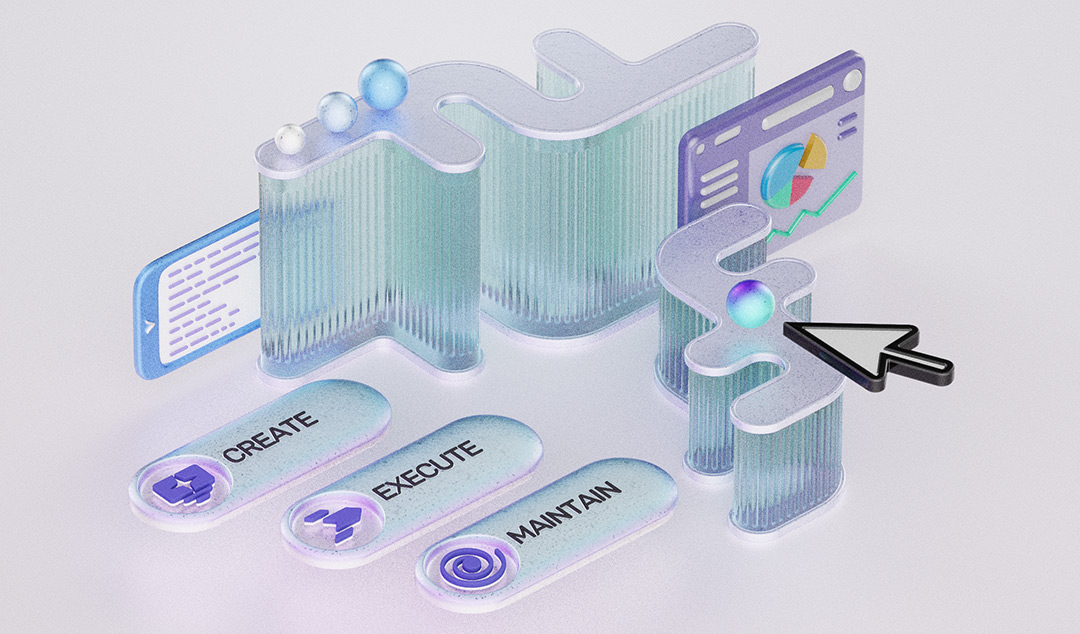Why Agile Testing Helps You Outperform the Competition
Agile testing allows teams to not only consistently deploy new iterations of their software, but also outperform competition while doing so.

Agile testing – it’s a term that gets thrown around quite frequently, but what is really all about? For successful adoption, IT teams must start thinking about agile testing as more than just a mindset. Instead, it should be seen as a methodology that must be implemented into the software development lifecycle from day one in order to have the most positive effect on an organization.
What does the agile testing method mean for your IT team?
An agile testing methodology means improved team communication – no more silos and no more finger pointing when something goes awry. It means more flexibility and responsiveness – leading to more incremental releases and, as a result, higher customer satisfaction. And it means greater sustainable practices, which is everything in the fast-paced user-driven environment we live in today.
Communication
Similar to the Henry Ford era when everyone had his or her place in the assembly line, the IT team is typically split between the developers and the testers. Developers write code, while testers test. In an agile testing environment, however, these barriers are broken down – developers and testers work alongside each other, not apart from one another.
Agile testing eliminates the miscommunication that takes place when organizations create workplace silos. Both sides work together from the get-go, before any code gets written, to discuss and determine the development timeline, software expectations, user requirements and more. Moreover, agile enables quick feedback and allows team members to immediately see the direct effect their work has had on the project rather than months down the road.
Flexibility and responsiveness
Throughout development and testing there needs to be flexibility and adaptability.
When new modifications are needed after iterations, developers must be able to jump in and make the adjustments. Likewise, testers must be able to write and deploy test cases quickly and efficiently with each modification. Agile testing shortens that feedback loop and allows you to discuss with stakeholders in real time; thus, increasing customer satisfaction by enabling continuous delivery of software that meets their specific needs.
Sustainability
Everything today is centered on the user and how to make their experience with your product the best it can be. This means not just the first time they use your software, but every time and with every update. That means silos and manual handoffs no longer work. Agile testing allows for more sustainable practices by ensuring modifications and deliverables from development are deployed continuously, efficiently and of the highest quality. Equally important, it enables testing and development teams to cope with less certainty, allowing them to make up for this unpredictability in order to maintain user happiness.
Software development is not a linear process, but rather one that requires collaboration and open communication between developers, testers and stakeholders. Additionally, it is a process that relies on quick response to change as well as sustainable practices to ensure continuous high-quality delivery to end users.
We exist in a world today where it’s standard to expect continuous deployment from an IT team. This is of course driven by the end user’s need for glitch-free software. Anything less is considered unsatisfactory. As such, teams must now take on an agile testing approach. Agile testing allows teams to not only consistently deploy new iterations of their software to meet user expectations, but also outperform competition while doing so. It’s a win-win for both organizations and customers.











